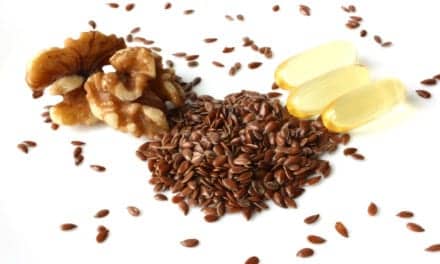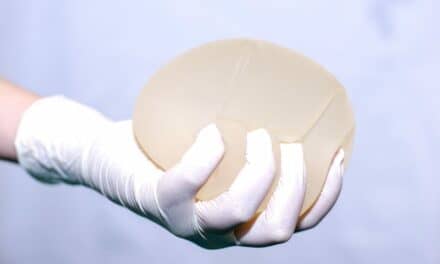2/14/08
A report from New York City’s Independent Budget Office details myriad ways that politicians could trim the budget or bring in more money. The budget office emphasizes quite forcefully that it is not advocating for these changes, though some of its ideas have been adopted in previous years. Among the more intriguing proposals is a new tax on aesthetic procedures, including face-lifts, chemical peels, and dermabrasions, which would generate $65 million annually. However, the report notes there will be opposition from those who see such treatments not as luxuries but as "vital to improving self-esteem and general quality of life."
Proponents might argue this is a lucrative fee-for-service industry. While medical training and certification is required to perform all of the surgical and most of the nonsurgical procedures, the procedures themselves have primarily aesthetic rather than medical rationales. According to the report, the American Medical Association (AMA) distinguishes aesthetic surgery, which is “performed to reshape normal structures of the body in order to improve the patient’s appearance and self-esteem,” from reconstructive surgery, which is “performed on abnormal structures of the body… generally… to improve function, but [it] may also be done to approximate normal appearance,” and recommends that the latter, but not the former, be included in standard health benefits packages. For tax purposes, there is no reason to treat aesthetic enhancements differently than aesthetic products. They could also argue that with the introduction of a tax on aesthetic procedures in New Jersey in 2004, the potential border effects (tax-driven shifts in economic activity) of a New York City tax would be limited.
Fees for medical procedures are currently not subject to state or city sales tax. Under this option, surgical and nonsurgical aesthetic procedures would be subject to the city sales tax. In 2006 aesthetic procedures by board-certified physicians yielded $11.4 billion in fee payments, nationwide. (This total did not include procedures that were reconstructive rather than aesthetic. Nor did it include fees for facilities, anesthesia, medical tests, prescriptions, and other ancillaries). The authors of the report estimate that more than $1.4 billion was generated in New York City. The amount of additional revenues generated in the city by fees for facilities and other ancillaries, as well as by noncertified aestheticians or “facialists” for procedures such as dermabrasions and chemical peels, is unknown, and is not factored into the tax revenue estimate provided above.
As the purview of medicine extends to not just curing illness, but promoting wellness, quality of life improvements are more and more being considered health necessities. Health benefits never should be subject to a sales tax, and it will not suffice to tax procedures not covered by insurance, because insurers do not provide consistent guidelines. Furthermore, market surveys indicate that aesthetic surgical and nonsurgical procedures are sought by persons at all income levels. The burden of a tax on these procedures would therefore not fall only on the wealthy.
[New York Times, February 14, 2008]



